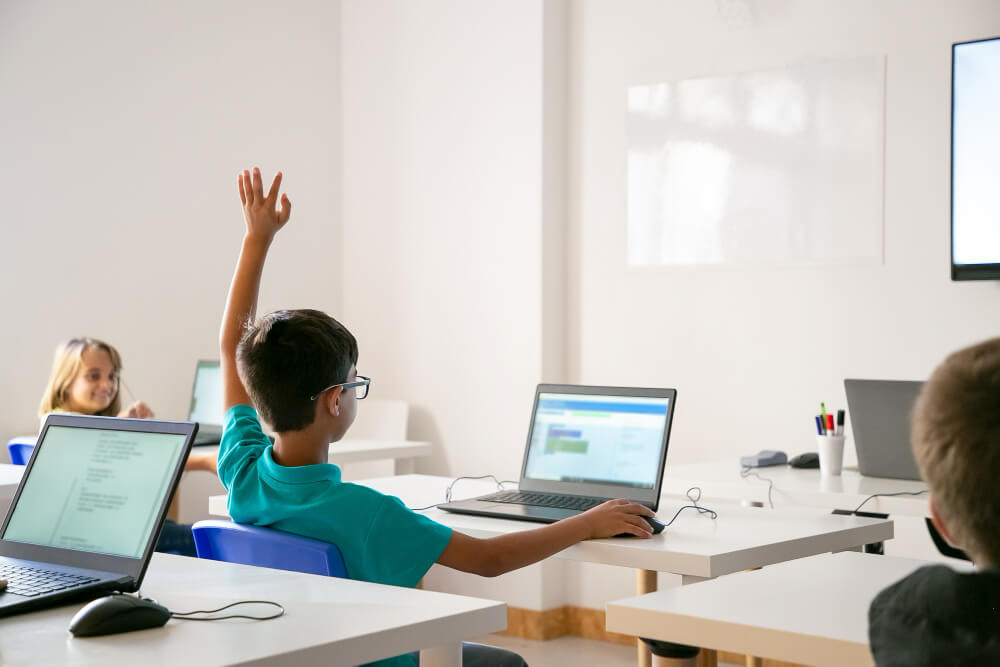In recent years, the flipped classroom has emerged as a popular pedagogical approach in education. This innovative teaching method flips the traditional classroom model by moving the delivery of content outside of class time, typically through digital videos, and utilizing in-class time for active learning and application of concepts. While preliminary research suggests that the flipped classroom has a positive impact on learning in Science, Technology, Engineering, and Mathematics (STEM) and quantitative courses, its effectiveness in content-heavy social science courses remains a topic of debate. In this article, we will delve into the benefits, drawbacks, and challenges associated with the flipped classroom model.

The Benefits of the Flipped Classroom
Proponents of the flipped classroom highlight several advantages that come with this approach. One of the key benefits is the opportunity for students to engage with the content at their own pace and convenience. By accessing pre-recorded lectures or materials outside of class, students can review the content multiple times, pause and rewind as needed, and tailor their learning experience to their individual needs. This flexibility promotes self-directed learning and allows students to take ownership of their education.

Additionally, the flipped classroom model fosters active learning during in-class sessions. With the traditional lecture format moved outside of class, valuable face-to-face time can be dedicated to collaborative activities, problem-solving exercises, and discussions. This active engagement promotes deeper understanding, critical thinking, and the application of knowledge in real-world contexts. Students have the opportunity to work together, seek clarification from the instructor, and receive immediate feedback, enhancing their learning experience.
Drawbacks and Challenges
While the flipped classroom offers numerous benefits, it is not without its drawbacks and challenges. One of the main concerns is the potential lack of student preparation before class. Without proper motivation or accountability, some students may not engage with the pre-class materials, leading to a less productive in-class experience. To address this challenge, instructors must design strategies to encourage student preparation, such as quizzes or assignments related to the pre-class content.
Another challenge lies in the creation and maintenance of high-quality pre-class materials. Developing effective videos or online resources requires time, effort, and technical skills. Instructors must ensure that the materials are engaging, concise, and aligned with the learning objectives. Ongoing updates and revisions may also be necessary to keep the content current and relevant.
Furthermore, the flipped classroom model may not be suitable for all subjects or learning environments. Courses heavily reliant on direct instruction or those with limited access to technology may face challenges in implementing the flipped approach. Instructors must carefully consider the nature of the content, the needs of their students, and the available resources before deciding to adopt the flipped classroom model.
Maximizing the Potential of the Flipped Classroom
To maximize the potential of the flipped classroom, instructors should consider several key factors. Clear communication and guidance are essential to ensure that students understand the expectations and benefits of the flipped model. Instructors should provide support and resources to help students navigate the pre-class materials effectively.
Collaboration and sharing of best practices among educators can also contribute to the success of the flipped classroom. By exchanging ideas, strategies, and resources, instructors can learn from one another’s experiences and refine their instructional practices. Professional development opportunities focused on flipped classroom pedagogy can further enhance educators’ understanding and implementation of this approach.
Lastly, ongoing assessment and evaluation are crucial to determine the effectiveness of the flipped classroom model. Instructors should collect feedback from students, monitor their progress, and make adjustments as needed. By continuously refining their instructional strategies, instructors can ensure that the flipped classroom remains a dynamic and effective learning environment.
Embracing the Flipped Classroom
The flipped classroom model offers a promising alternative to traditional lecture-based instruction. By leveraging technology and promoting active learning, it empowers students to take control of their learning and engage with the content in meaningful ways. While challenges exist, careful planning, effective communication, and ongoing assessment can help instructors overcome these obstacles and create a vibrant and engaging learning environment.
As educators continue to explore innovative teaching methods, the flipped classroom model stands as a testament to the evolving nature of education. By embracing the benefits, addressing the challenges, and adapting to the needs of their students, instructors can unlock the full potential of the flipped classroom and provide a transformative educational experience.
Reference
Akçayır, G., & Akçayır, M. (2018). The flipped classroom: A review of its advantages and challenges. Computers & Education, 126, 334-345.



